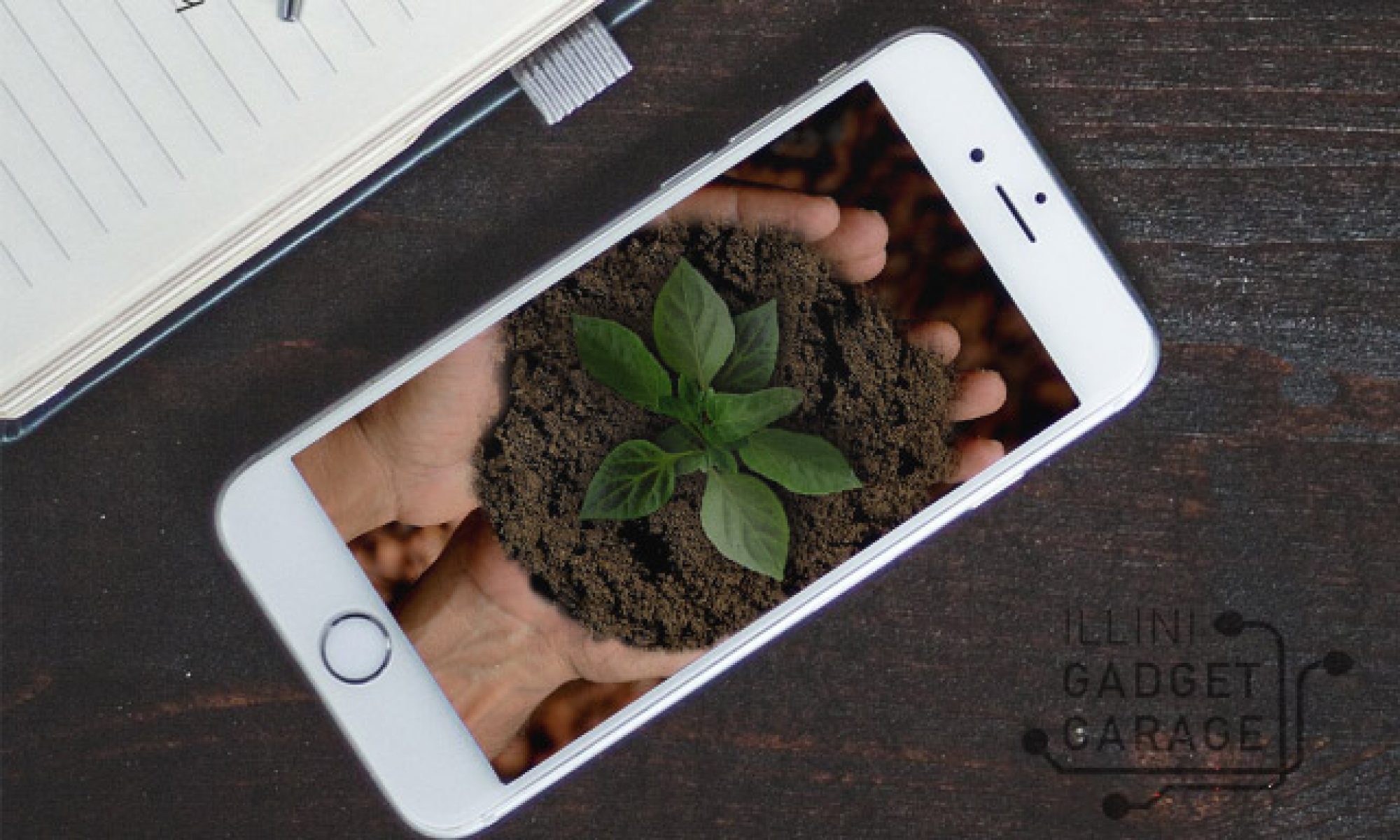With the release of the iPhone 8 and the Samsung Galaxy Note 8 anticipated this month, it’s a little hard to ignore the hype that new reveals can bring in the technology world. As consumers, we tend to want the latest and greatest devices, not wanting to be left behind the ever increasing technological curve of obsolescence, and the manufacturers know we’re willing to pay a premium for these brand new items. Preorders for the Galaxy Note 8’s start at $930 and iPhone 8’s cost is being estimated to be the first iPhone to go for over $1000. Now, I can’t speak for everyone, but I think that’s a pretty hefty price tag for a device that may last you 2-3 years due to planned obsolescence or less if you’re one of the few individuals who buys each year’s model new regardless if the previous phone works or not (please stop).
So, I wanted to take a look at some of the features of smartphones that sound new and exciting and level the playing field a bit. Don’t get me wrong, I love new technology as much as the next person, but the big developments these devices tout aren’t really game changers… especially when comparing them to the last models that were released.
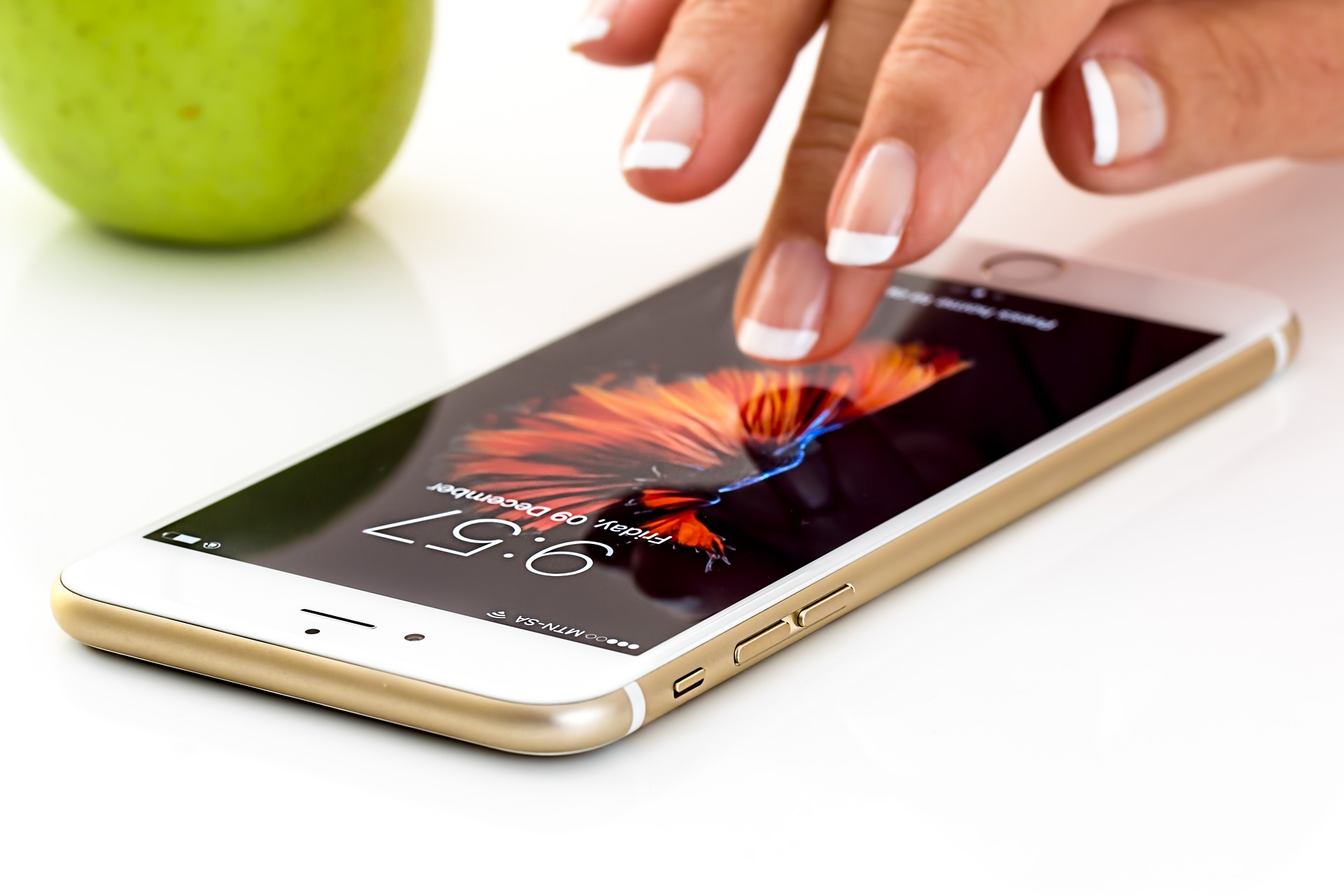
Screen resolution
1080p is losing out in favor of 4K for televisions and larger displays but still is at the high end of the screen resolution spectrum for phones… at the moment. But consider the size of your smartphone for a moment, is 1080p really necessary for a handheld device? Higher screen resolutions require more power to operate, not only because of the screen, but also the processor, draining your battery faster than lower resolution screens like those set to 720p would. Screen resolution isn’t the only factor to be considered when looking for a quality image, screen size comes into play as well. There is a big difference between having 1080p on a 5 inch screen versus a 72 inch screen; this is because the factor you want to look at is pixel density – or how many pixels there are per square inch. 300ppi (Pixels Per Inch) or so exceeds what the human eye is able to distinguish at a normal viewing distance. Many devices nowadays tout high ppi in their screens: the iPhone 7plus has 407 ppi and the Galaxy S8 has a whopping 570 ppi… that means you’d have to hold the phone closer than 6 inches to your eyes to make out the pixels on the screen. Basically, if you typically hold your phone over a foot away from your face when you’re looking at it, anything over 300ppi is just gravy.
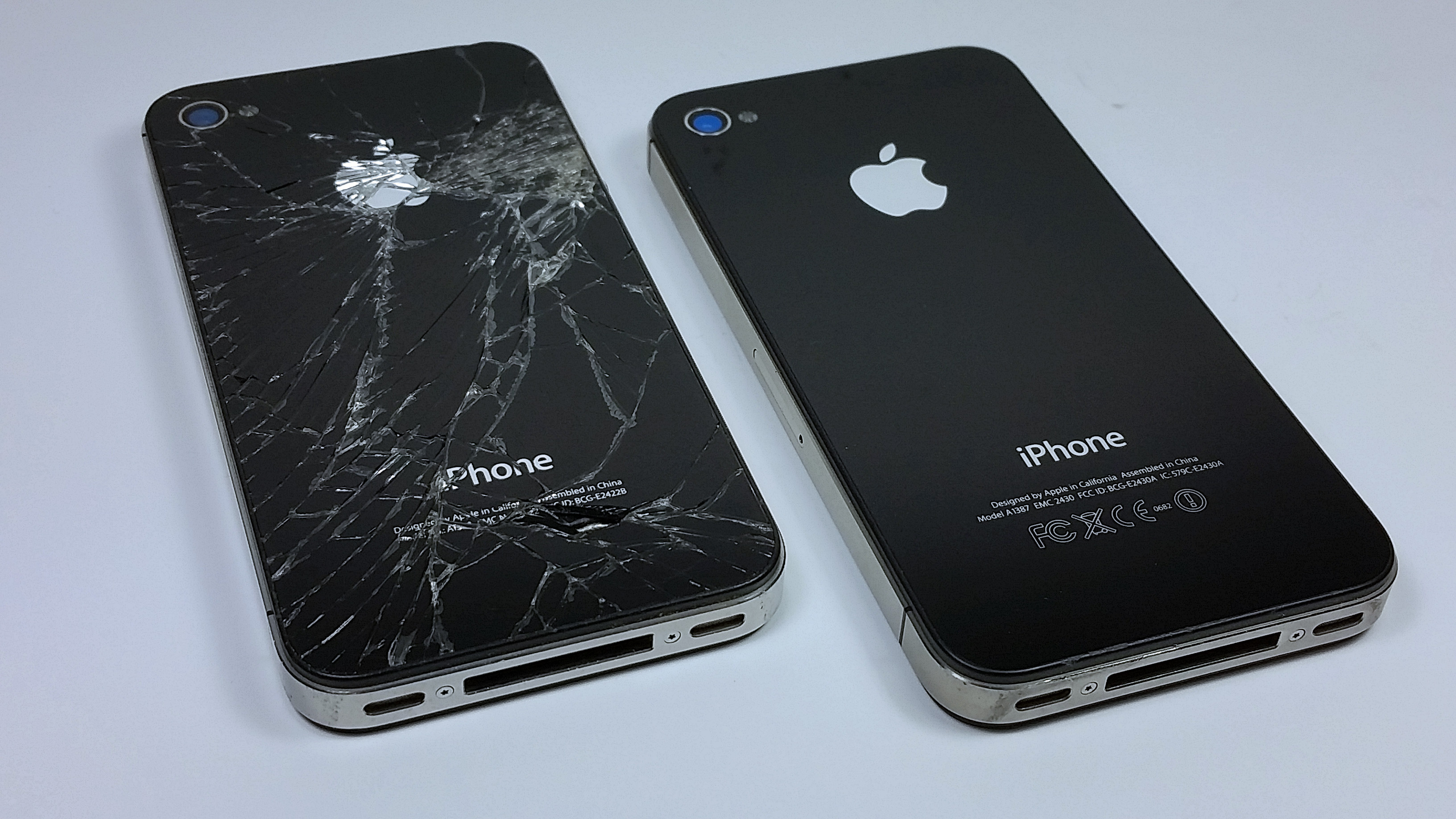
Glass backs
Sure, they look absolutely beautiful from a design standpoint, but do little to protect your device should it be dropped. Gorilla glass, the type frequently used in smartphones, is designed to be damage resistant. The problem is it’s glass and any small surface marring – those tiny scratches your phone gets from everyday wear and tear – can weaken the overall structure of the glass making it more likely to shatter. Not to mention that glass on both sides of a device can make for a slippery surface conducive to jumping out of pockets with little warning; even a short drop to the carpet can have bad results and many glass back devices rely heavily on adhesive to hold the device together and this can make repairs quite a bit more stressful depending on how the device was designed.
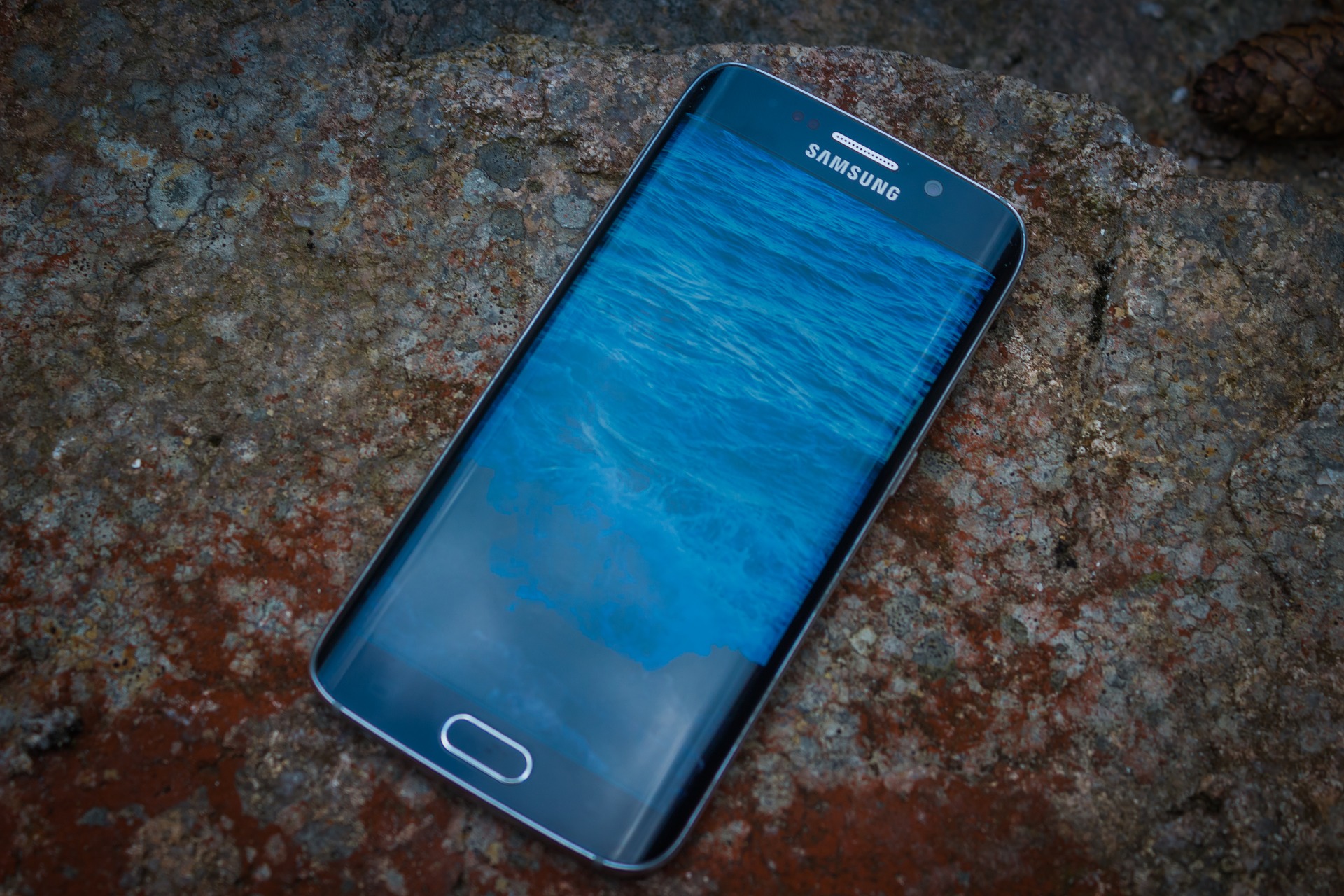
Curved-edge screens
While comfortable to hold and allowing for extra display area, curved-edge screens are some of the most difficult to repair and/or replace. Not only that, but according to a 2015 article from Tech News about the creation of 3D thermoformed glass used for the Galaxy S6 almost half of the screens produced were unusable… which means for every screen made another was thrown away. Also, that curve to the screen adds considerable cost to it; the cost of a flat gorilla glass screen can start at around $3, but curving the display runs the cost up to around $25 a screen.
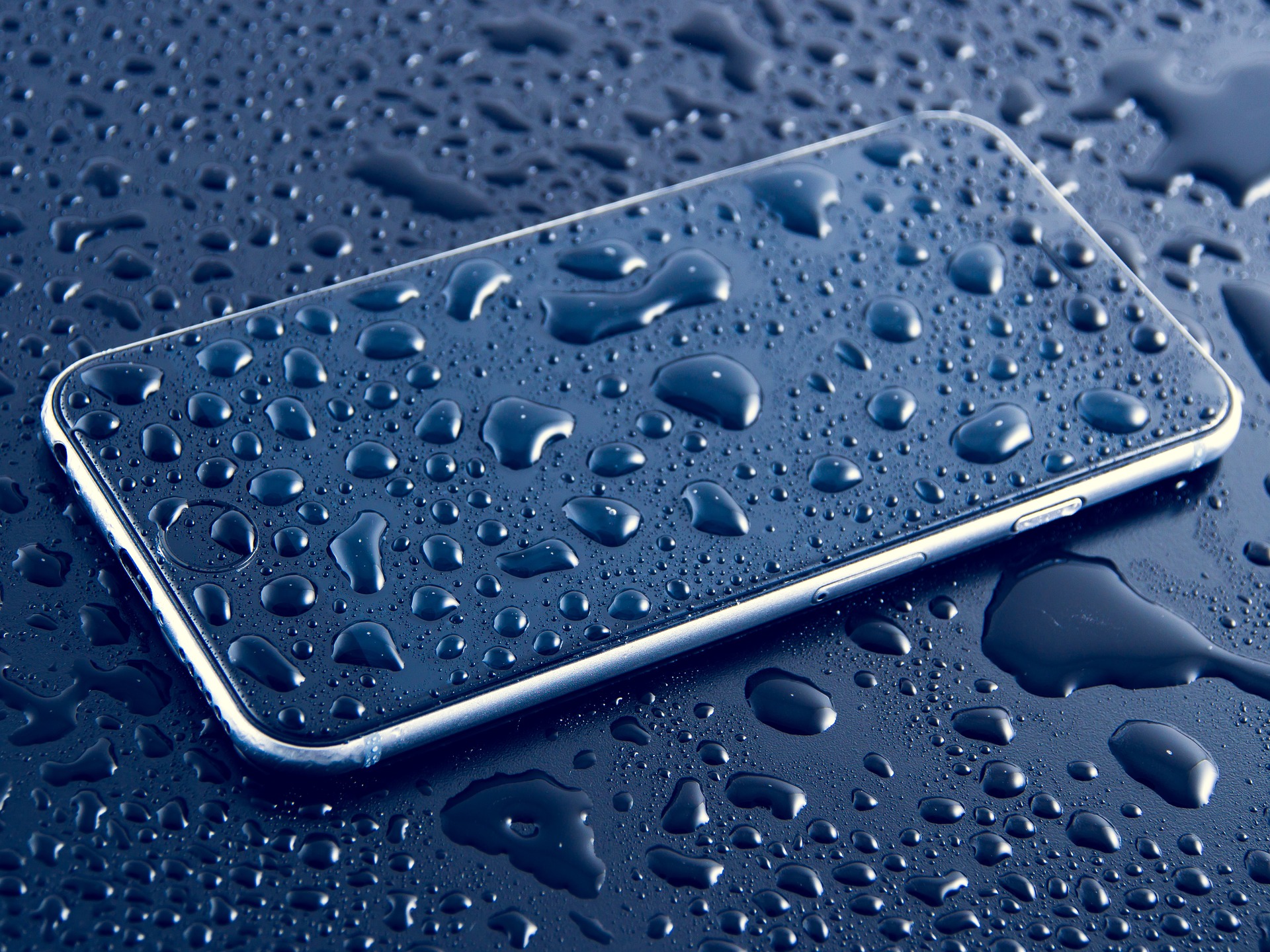 Water resistance
Water resistance
Water resistance is great for those who are accident prone, but water resistant does not mean the device is water proof and issues can still arise with the device, most commonly problems with the speakers and ports. Although it’s a touted selling feature in many smartphones these days, there’s no warranty to back up the water resistance claims.
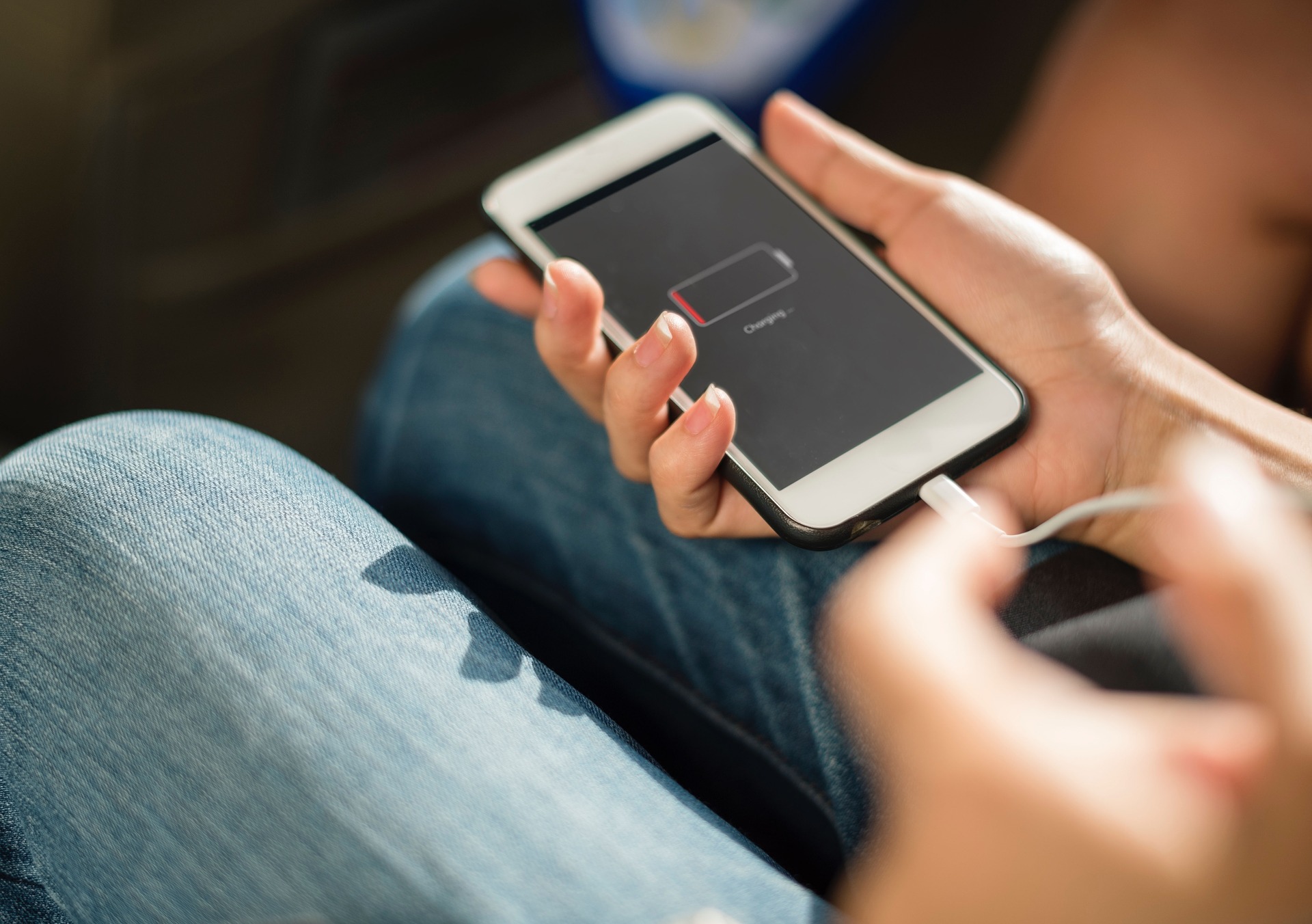
Internal batteries
Long battery life is what everyone looks for in a phone, but what happens when that battery wears out after two years of recharging? Many devices nowadays have sealed in their batteries in order to get higher water resistance ratings and subtly force you into purchasing a new phone every few years when the battery just won’t hold a charge anymore.

Fingerprint readers
To be fair, these have come quite a ways since they were first introduced, but identity theft through fingerprint replication can be done albeit a bit troublesome and unlikely. But consider if someone did manage to duplicate your thumbprint, what can be done about keeping your device secure? It’s not like you can get a new thumbprint, that’s unique to you as an individual. Changing a password seems far simpler.
Take your time when deciding to make a device purchase so that you can evaluate your wants and needs and distinguish between the two and we at the Gadget Garage encourage you – whenever possible – to prolong the use of a device you own, because the most sustainable device you will ever find is the one that you already have.
*Links found in this article are provided for reference purposes and are not an endorsement by the Illini Gadget Garage or any outside entities.
